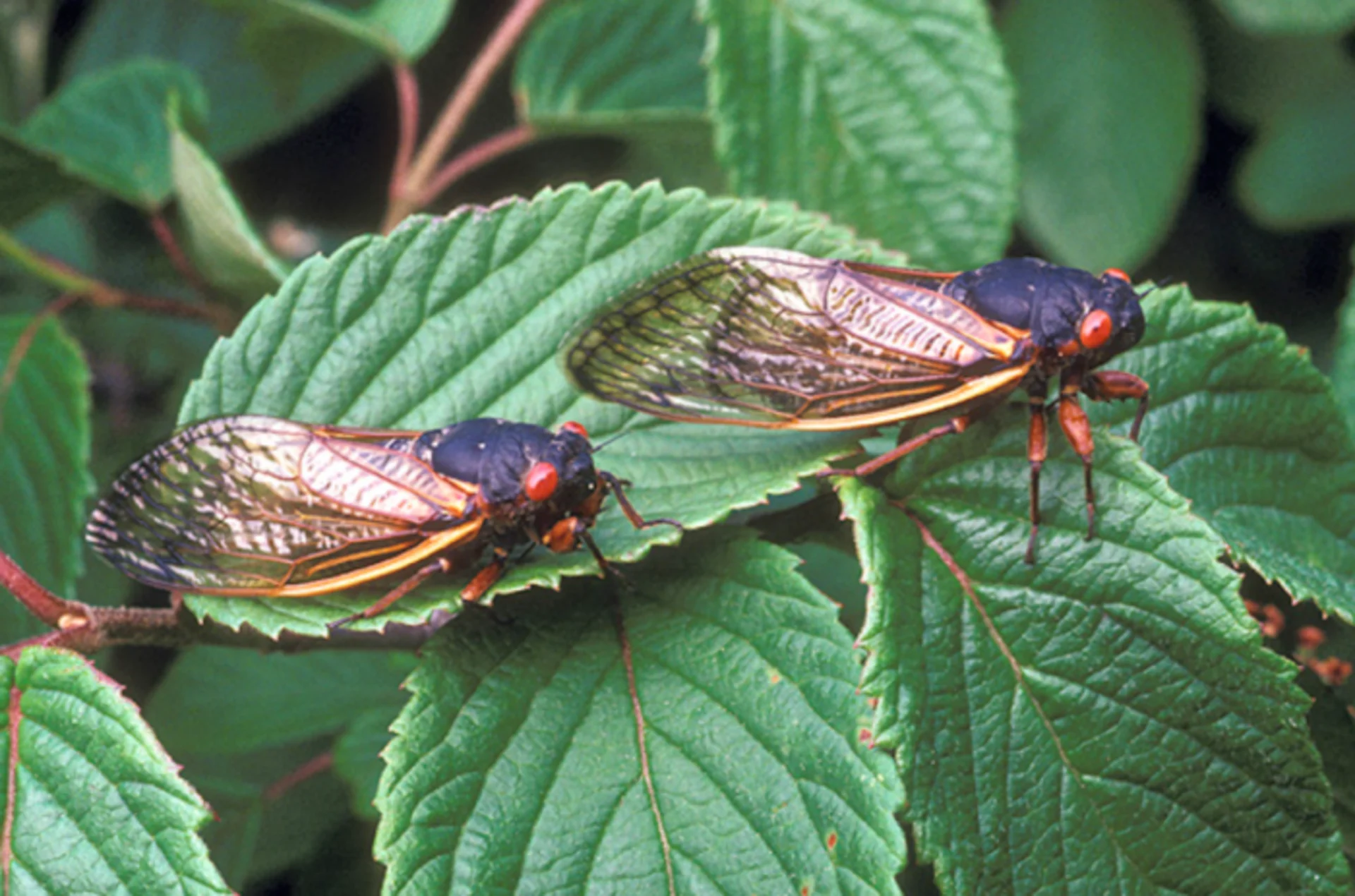
Officials warn people with seafood allergies to avoid eating cicadas
Creepy cawler or tasty treat? That's a matter of opinion.
You've probably heard the news, especially if you live in one of the affected areas, but to recap: After spending 17 years underground, billions of Brood X (Brood 10) cicadas have taken over 15 U.S. states.
The insects are part of the genus magicicadas, a group that has an internal clock telling them to emerge from the ground every 13 to 17 years.
Experts expect Brood X to contain 1.5 million 17-year cicadas per acre, making appearances between Georgia and New York.
Cicadas are harmless and benefit the environment, the National Wildlife Federation says on its website. They prune mature trees, aerate the soil, and in death, their bodies provide nitrogen to trees.
And they're tasty? Apparently so, as dogs (and cats) have been gorging on them, according to social media reports.
People have been eating them too. That caught the attention of the U.S. Food and Drug Administration which felt compelled to issue a warning, because cicadas are closely related to shrimp and lobster and may trigger a reaction in people with shellfish allergies.
In 2004, U.S Congress passed the Food Allergen Labeling and Consumer Protection Act of 2004 (FALCPA), a law that identifies eight foods as "major food allergens." Fish shellfish are among them, as well as milk, eggs, tree nuts, peanuts, wheat, and soybean.
If you aren't allergic to shellfish, you're more than welcome to eat cicadas.
Experts say they're perfectly safe and they're full of antioxidents. They're also a sustainable source of protein but if you choose to indulge, it's recommended you cook them at a high temperature to lessen the risk of food-borne illness.
One thing to keep in mind: Animals and humans alike sometimes find cicadas difficult to digest, due to their hard exoskeleton.
Thumbnail image: Wikipedia/Public Domain.






